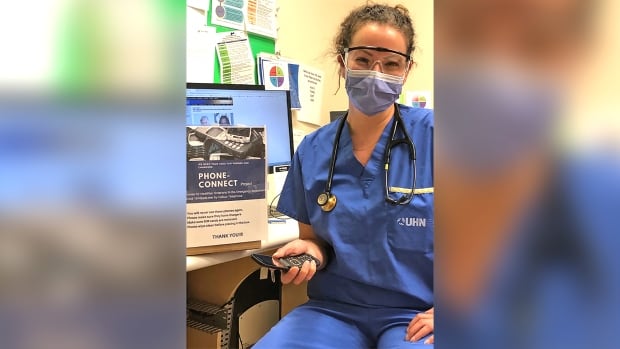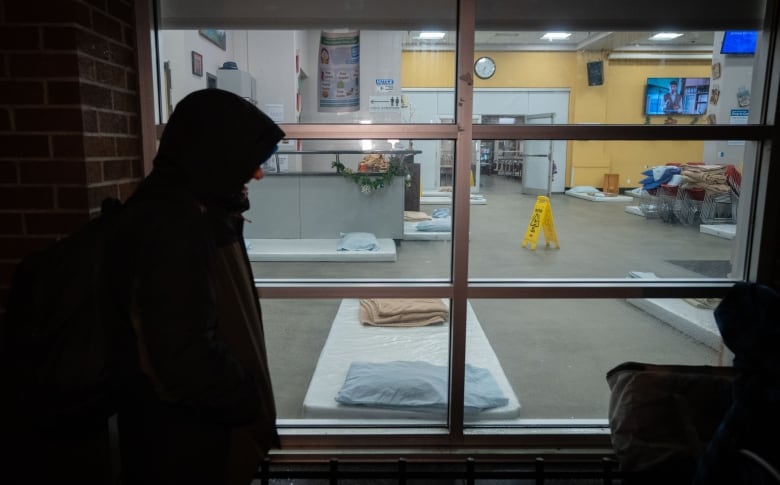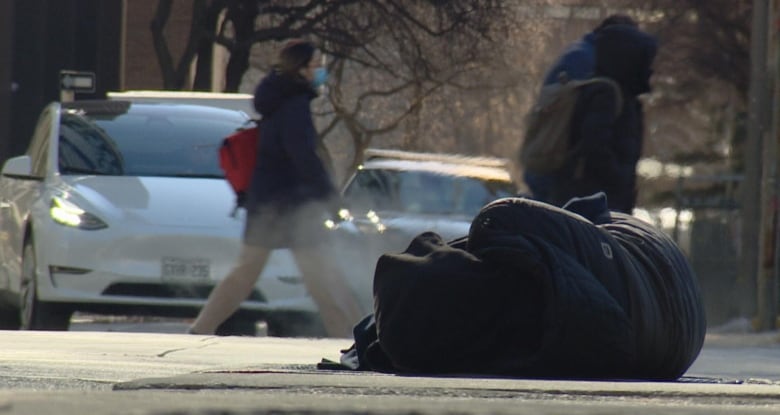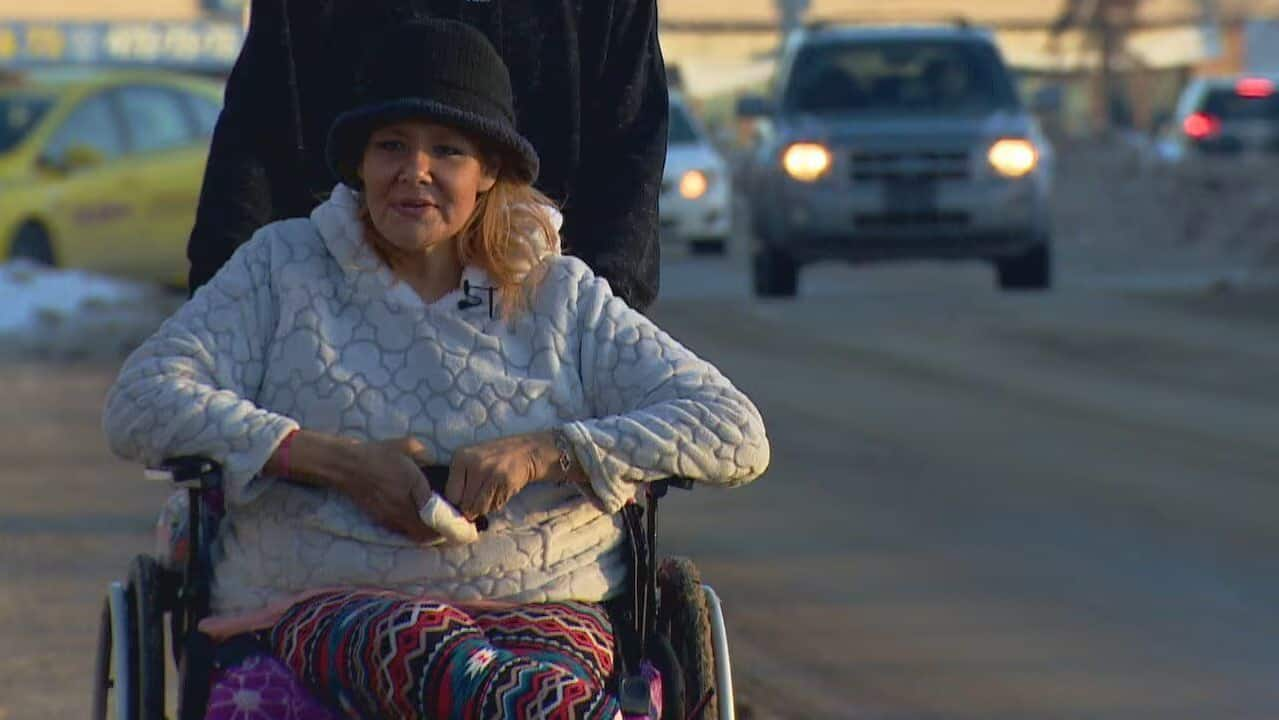
For years, Dr. Andrea Somers has seen patients come to the hospital emergency department because they weren’t able to attend followup appointments.
She remembers one man who came to the ER with his wrist in a cast “that was not supportive or doing anything” and in a lot of pain.
When she asked why he didn’t follow up with a doctor, he said his housing situation changed, he moved and he didn’t have a cellphone. So he came to the ER for help.
“If you don’t have a phone and you don’t have stable housing where someone can contact you or leave a message, you’re stuck. So what do you do? You go back to the social safety net, which is the emergency department, and you seek help there,” said Somers, who is an emergency physician at Toronto’s University Health Network (UHN).
Patients who return to the nearest emergency department because they’re unable to get the followup care they need is not a new phenomenon.
But with the wider use of virtual care implemented during the COVID-19 pandemic, Somers said she was motivated to help.
She created a project that provides donated prepaid cellphones to those who are homeless, struggling with mental health or substance use, or socially isolated, in hopes of getting people followup care instead of going to the ER.
Since the project launched almost three years ago, early data shows the cellphones have helped some individuals avoid ER visits and receive the care they need.
“Providing a phone to these people [is a] very practical device for improving the continuity of their care, which reduces their ER visits,” Dr. Howard Ovens, a staff emergency physician at Toronto’s Mount Sinai Hospital and a member of the Canadian Association of Emergency Physicians (CAEP) public affairs committee, said of the project.
Phone costs a fraction of ER visit
The need to connect vulnerable patients with followup care outside of the ER existed long before the pandemic, Somers said.
Those who are experiencing homelessness “often live in conditions that adversely affect their overall short- and long-term health,” according to the non-profit and non-partisan Canadian Observatory on Homelessness.
The organization also said that “being unhoused makes it difficult, and in some cases impossible, to access general health-care services” for several reasons, including not having a health card or access to a phone.

Of those visiting the emergency departments at the UHN, an average of one in 20 patients lacks an active phone number, according to the UHN Foundation.
“There’s so many ways now that not having a phone disadvantages a person,” Somers said.
She launched Phone Connect in July 2020, after she and colleagues struggled to share COVID-19 test results or get ahold of patients as part of contact tracing.
More than 450 people have now received a phone through the grassroots project, which primarily runs out of St. Michael’s Hospital in downtown Toronto.
The donated phones have helped people connect with addiction counsellors, family doctors and other specialists, said Somers, who manages the project on top of her role as an emergency physician.
Money for the project comes from private donors and research funding, she said, noting that monthly bills are just $5.49 — well below the cost of a single visit to the ER.

“We’ve been able to notify people that they have lung cancer and connect them to an outpatient clinic. If they didn’t have a phone, they wouldn’t get that message,” she said, adding that the project is still accepting phone donations.
But Somers said where she also sees success is in the reduction of emergency visits.
The preliminary data has not been peer-reviewed and has been submitted to CAEP for review.
It shows that 68 patients seen at St. Michael’s Hospital who received a cellphone were able to avoid on average one emergency room visit over a three-month period, according to data compiled by Somers and colleagues.
CBC News has learned that Edmonton doctors conducted 94 amputations due to frostbite last year, the highest number in a decade. Though last winter wasn’t especially cold, there were far more people living on the streets.
They believe that’s because for some of those patients, the phone was also paired with access to an outreach worker.
Somers said the phones are also helping people access followup care and that they’re seeing “better attendance at scheduled followup appointments.”
“We have lots of wonderful programs set up. It’s a matter of being able to access them without coming through the ER,” she added.
‘I think it’s a fantastic first step’
Brian Cleary, a formerly homeless activist working on homelessness in Toronto, says having a cellphone is essential.
“In my own experience anecdotally and universally, I think those are two really big things: cellphone access and access to a primary care physician. I think it doesn’t get more basic or important than that,” he said.
“It’s sadly lacking in the support and shelter system.”
Metro Morning9:40The homeless problem worsens: Why it’s not just a public health concern, but a human rights crisis
With shelters running at about 99% capacity, Kaitlin Schwan, Executive Director of the Women’s National Housing and Homelessness Network says that policymakers lack willingness to invest in affordable housing and solutions.
Cleary said that much more has to be done to help those in need of adequate housing or other social support.
“The way we treat our poorest in society is horrendous right now. It’s absolutely horrendous, and we have to start asking some hard questions about what we want to be as a city, a province and as a country,” he said.
Dr. Louis Francescutti, an emergency physician at Edmonton’s Royal Alexandra Hospital and a professor in the University of Alberta’s public health department, said Somers’s project is an “innovative idea to connect” individuals to followup care.
“I think it’s a fantastic first step, but we need to take it much further than that,” he said, referring to housing and other supports, such as helping vulnerable individuals acquire identification.
Francescutti said helping people beyond the ER was the motivation behind a pilot project in Edmonton that he helped get off the ground.
The Bridge Healing Transitional Accommodation Program will provide people without a home a safe place to recover from illness or injury following their hospital visit. The 36-bed project is set to open this month with 12 beds, followed by another 24 beds in May.
“Hopefully down the road one day, the patient doesn’t even have to go to the emergency. They can just walk right up to one of these buildings, knock on the door … and then bypass an ambulance ride and bypass an emergency visit as well,” he said. “That’s the ultimate dream that we have.”
Somers said she hopes the Ontario government takes on the cellphone project and adopts it more widely, because from what she’s heard from those who have received a phone, it’s been a life-changer.
“It’s not a panacea in terms of how we’re going to solve emergency department crowding. It’s so multifactorial, obviously,” she said.
“But if we can eliminate the occasional unnecessary visit or enable people to be self-efficacious and make direct connections, that would be great.”


